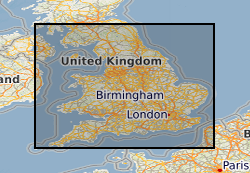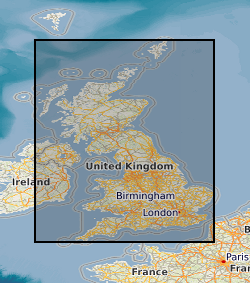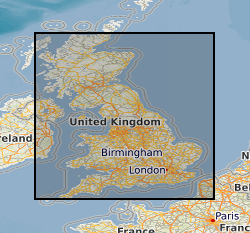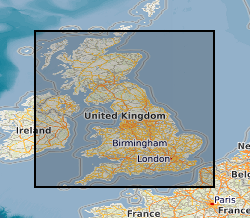Shrink-swell clays
Type of resources
Topics
Keywords
Contact for the resource
Provided by
Years
Formats
Representation types
Update frequencies
Scale
-

The property subsidence assessment dataset provides an understanding of the shrink-swell hazard at both the individual property and/or postcode level for England and Wales. It builds upon the BGS GeoSure shrink-swell data by mapping the hazard to the individual building polygon and considering the other susceptibility factors of building type, foundation depth, and drainage and tree proximity. The data consist of GIS building polygons with an overall susceptibility to subsidence score between 1-100. Scores are also classified from non-plastic to very high. Each building polygon is also scored from 1-10 for each subsidence factor (geology, foundation, drainage, building type, building storey and tree proximity). Postcode data is also available as a table showing the ‘average’ PSA score for all buildings within the postcode. The identification of shrink-swell related subsidence prone areas, alongside the inclusion of potential sources to exacerbate these phenomena, can better inform insurers and homeowners and form the basis to make decisions concerning prevention and remediation. The product enhances geological information obtained from GIP (BGS GeoSure Insurance Product) and GeoSure via the inclusion of the crucial shrink-swell susceptibility factors (proximity to trees and foundation depth). This therefore allows the derivation of a risk element for the housing stock at Building level, which is then generalised to Postcode level. BGS GeoSure - a series of GIS digital maps identifying areas of potential natural ground movement hazard in Great Britain
-

BGS GeoSure identifies, at 1:50 000 scale, areas of susceptibility and considers the following specific hazard processes that can occur in Great Britain: 1. Shrink–Swell: Swelling clays change in volume due to changes in water content; this can lead to movements (up or down) in the upper two metres of the ground, which may affect property foundations. 2. Landslides (Slope Instability): Slope instability occurs when particular slope characteristics combine to make the slope unstable. Downslope movement of materials (landslide) may cause damage to foundations, services or impact damage to buildings. 3. Soluble Rocks (Dissolution): Ground dissolution occurs when certain types of rocks, containing layers of soluble material, get wet and the soluble material dissolves. This can cause underground cavities to develop. These cavities reduce support to the ground above and can lead to a collapse of overlying rocks. 4. Compressible Ground: Some types of ground may contain layers of very weak materials such as peat or some types of poorly structured clays. These may compress if loaded by overlying structures, or if the groundwater level changes. This compression may result in depression of the ground surface, potentially disturbing foundations and services. 5. Collapsible Deposits: Some soils may collapse when a load (building or road traffic) is placed on them, especially if they become saturated. Such collapse may cause damage to overlying property or services. 6. Running Sand: Some rocks and soils can contain loosely packed sandy layers that can become fluidised by water flowing through them. Such sands can ‘run’ (flow), potentially removing support from overlying buildings and causing damage.
-

Shrink-swell is recognised as the most significant geohazard across Great Britain. This dataset identifies areas of shrink-swell hazard with increased potential due to changing climatic conditions based on forecasts derived from the UKCP09 research project. The dataset has been created at two levels of detail for different climatic scenarios and dates up to 2080. The Basic dataset is an overview at 2Km grid resolution whilst the more detailed Premium dataset is generated at a 50m resolution. The Open versions are simplified versions of the premium versions and are shared via GeoIndex. The premium versions are paid for products. UKCP09 - UK Climate Projections 2009 project
-

Shrink-swell is recognised as the most significant geohazard across Great Britain. This dataset identifies areas of shrink-swell hazard with increased potential due to changing climatic conditions based on forecasts derived from the UKCP18 climate projections. The dataset has been created at two levels of detail for RCP8.5 emissions scenario and dates up to 2070. The Basic dataset is an overview at 2Km grid resolution whilst the more detailed Premium dataset is generated at a 50m resolution. The Open versions are simplified versions of the premium versions and are shared via BGS GeoIndex. The premium versions are paid for products. UKCP18 - UK Climate Projections 2018 project RCP8.5 - A pathway where greenhouse gas emissions continue to grow unmitigated, leading to a best estimate global average temperature rise of 4.3°C by 2100. Representative Concentration Pathways (RCPs) are a method for capturing those assumptions within a set of scenarios.
 NERC Data Catalogue Service
NERC Data Catalogue Service